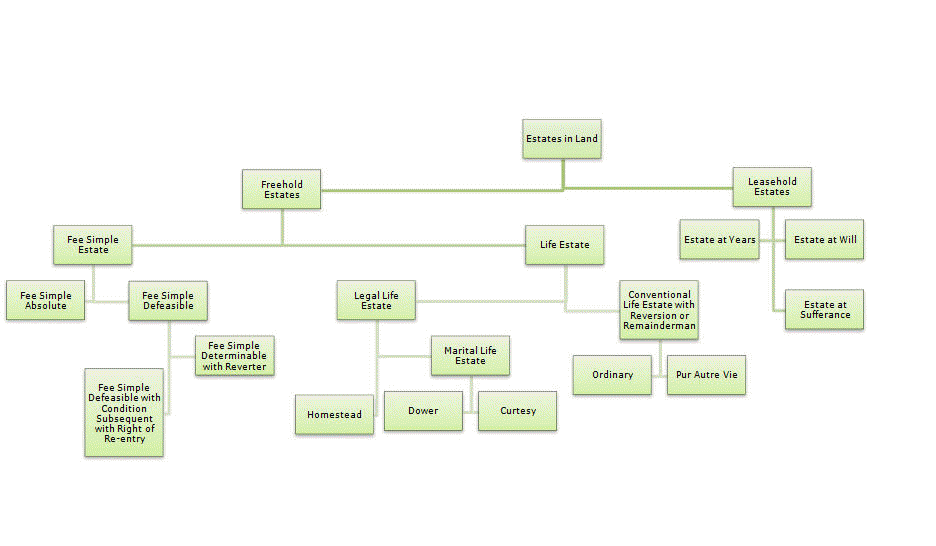Zoning
Zoning is a legal method for cities to control the use of real estate in certain specified areas. A zone is created and only certain types of property, or certain uses of properties, are allowed in the zone. The main purpose is to outline and segregate uses that are thought to be unable to coexist; in reality, zoning is used as a permitting system to prevent new development from harming existing residents, businesses or any surrounding properties. Zoning can also include regulations of activities which will be suitable on particular sites. The regulations may include open space, agricultural, commercial, industrial, low-density residential, high-density residential or special use. The densities at which those activities can be performed are determined by the height of buildings, the amount of space structures may occupy, even the location of a building on the lot.
 In the United States zoning is not very old as it might be believed. According to “No Zoning”, In 1916 the city of New York adopted the first zoning regulations to apply to its entire city as reaction to construction of The Equitable Building. This building outstood neighboring residences and completely covered all available land area within the property boundary, leaving neighboring buildings with their windows blocked and leaving out the availability of sunshine for the people in the affected area. Definitely the need for a zoning regulation is needed in this scenario. Meanwhile there are still some large cities in the United States that reject the idea of zoning. Houston Texas is distinctive, no zoning regulation have been implemented in the state.
In the United States zoning is not very old as it might be believed. According to “No Zoning”, In 1916 the city of New York adopted the first zoning regulations to apply to its entire city as reaction to construction of The Equitable Building. This building outstood neighboring residences and completely covered all available land area within the property boundary, leaving neighboring buildings with their windows blocked and leaving out the availability of sunshine for the people in the affected area. Definitely the need for a zoning regulation is needed in this scenario. Meanwhile there are still some large cities in the United States that reject the idea of zoning. Houston Texas is distinctive, no zoning regulation have been implemented in the state.
Since zoning regulations restrict the rights of owners to use their property as they wish, there are at times controversial. Probably that is why Houston voters have rejected in efforts to implement zoning three different times in 1948, 1962 and 1993. The law has determined that zoning regulations are accepted if it is reasonable and logical, “if it stand a reasonable and substantial relation to the public health, safety, comfort, morals, and general welfare; and if that means employed are reasonably necessary for the accomplishment of its purpose; if it is reasonable and not arbitrary “Land Use and Zoning Basics ", with all this factors in mind there is obvious space for disagreement and questioning the zoning regulations
 During research in the internet, typing zoning in youtube, the returning results were all but disapprovals of zoning. A lot of people complain about zoning for deciding about town/cities/counties restrictions in developing. For example a video shows how Buncombe County Citizens complain and protest against the Buncombe County Commissioners for zoning entire county. People in this video ask the county commissioners to let them have a vote on the decision on zoning or not the county. They even ask to raise hand who would not like the county to zone and everybody in the room raised their Video:
During research in the internet, typing zoning in youtube, the returning results were all but disapprovals of zoning. A lot of people complain about zoning for deciding about town/cities/counties restrictions in developing. For example a video shows how Buncombe County Citizens complain and protest against the Buncombe County Commissioners for zoning entire county. People in this video ask the county commissioners to let them have a vote on the decision on zoning or not the county. They even ask to raise hand who would not like the county to zone and everybody in the room raised their Video:
Overall, while zoning has its positive side it also has its negative. Zoning could be beneficial in the way that it could control public health, safety and comfort in zoned areas. At the same time, there are a lot of people that disagree with zoning because it limits owner’s ability to do with their land as they wish.
Workscited
"Land Use and Zoning Basics." http://realestate.findlaw.com/land-use-laws/land-use-and-zoning-basics.html. 10 Apr. 2012.
No Zoning. 2007. YouTube. 10 Apr. 2012
Zoning. 10 Apr. 2012.





